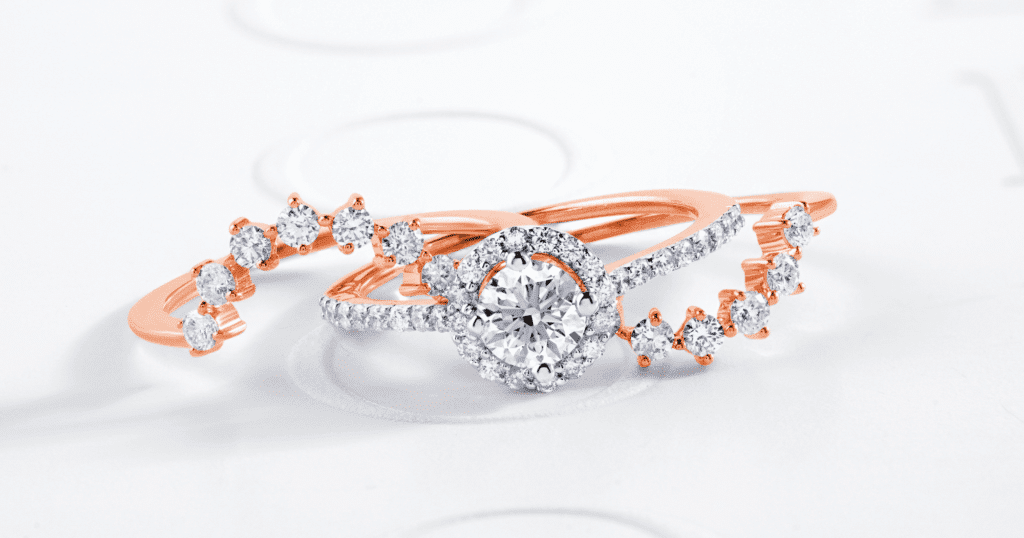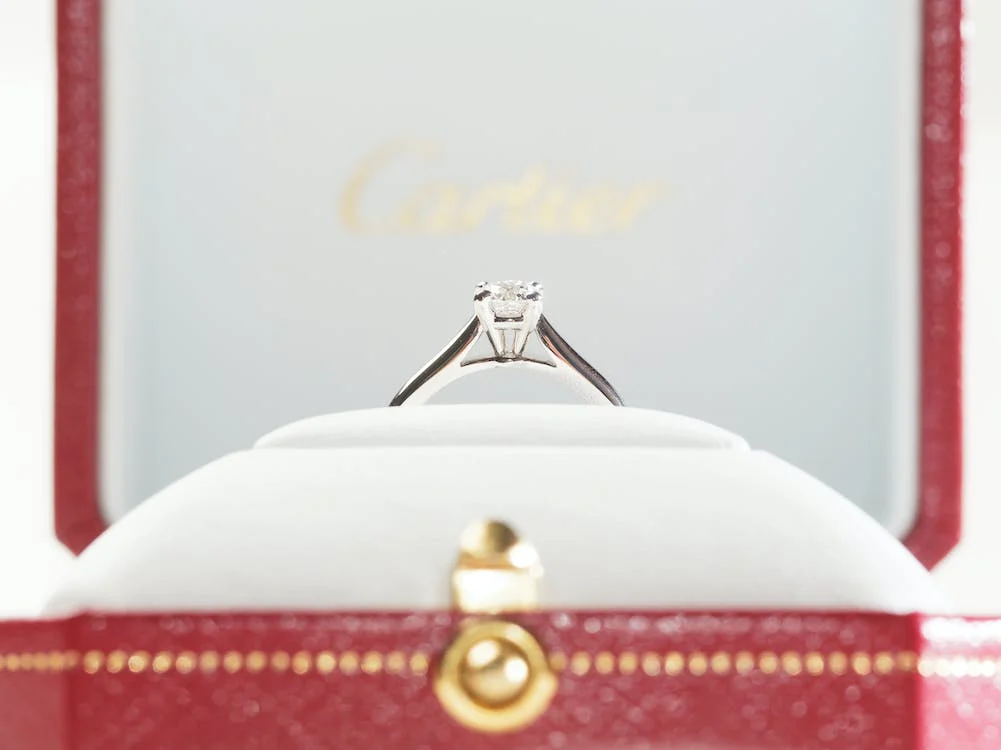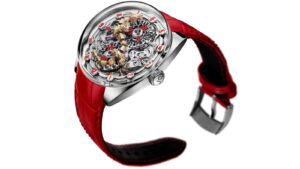Diamond investments, while glamorous, often intimidate novices under the assumption that expertise is mandatory. Yet, becoming a diamond savant isn’t required. Trusted certification firms like GIA, HRD, and IGI exist to guide and inform investors. Each diamond they certify offers details on parameters like weight, purity, color, cut, finish, and symmetry. By comparing these specifics with prevailing market prices, even novices can deduce their diamond’s worth.
Certification and Authenticity
Certifications elevate trust. Alongside the standard certificate, a laser inscription stands as a beacon of genuineness. This unique number, engraved onto the diamond, is congruent with its certificate, visible at a 20x magnification. Such measures ensure buyers of the diamond’s authenticity and the certificate’s integrity, providing an additional layer of assurance in the investment.
Among the myriad organizations in the diamond world, GIA, HRD, and IGI emerge as the gold standard in certification. The Gemological Institute of America (GIA) is globally recognized and has been setting the benchmark for diamond and gemstone grading since its inception in 1931.
Founded in Belgium in 1976, the Hoge Raad voor Diamant (HRD) or Diamond High Council, is Europe’s leading authority in diamond certification.
The International Gemological Institute (IGI), established in 1975, has a vast international presence and is lauded for its comprehensive educational programs and lab services.
These entities serve as vital pillars in the diamond industry, ensuring that buyers, traders, and enthusiasts have precise and consistent information on their gems. With their rigorous standards and unbiased assessments, they instill confidence in every diamond transaction.
Find out more about GIA here, learn about HRD’s practices here and explore IGI’s global reach here.

Categorizing Diamonds
All that glitters isn’t investment-grade. While every diamond might dazzle, they split into two groups: investment and jewelry. Investment diamonds, making up a meager 3% of the global haul, range in colors from D to G and purity from IF to VS1. Their features – cut, finish, and symmetry, should be top-tier. In contrast, the other 97% might be visually appealing but are not the wisest investment decisions due to their limited profit trajectory.
Jewelry diamonds, as the name suggests, are primarily used for ornamental purposes in rings, necklaces, earrings, and other adornments. Unlike their investment-grade counterparts, these diamonds prioritize visual appeal over strict grading criteria. They come in a broader range of colors, clarities, and cuts, making them more diverse and often more affordable.
In terms of pricing, jewelry diamonds can range from more affordable to exceedingly expensive, depending on factors like size, brand, setting, and overall design. When it comes to resale, jewelry diamonds might not fetch the same percentage of appreciation as investment-grade diamonds. However, due to their widespread popularity and demand, they are generally easier to sell, especially if associated with renowned brands or unique craftsmanship.

Where to buy and store diamonds?
Dispelling myths, procuring diamonds isn’t a complex puzzle. Armed with knowledge and a sprinkle of research, anyone can make a sound investment. For purchases, reputed jewelers and diamond dealers are preferable. Some countries, like Switzerland and Singapore, are lauded for their robust banking systems, offering secure diamond storage solutions. These nations have stringent regulations and a reputation for confidentiality, ensuring your precious stones remain safe and discreet.
Where NOT TO buy and store diamonds?
While diamonds dazzle universally, not all countries shine equally in their trade and storage practices. Nations marred by ‘blood’ or ‘conflict diamonds’—stones mined in war zones and sold to finance armed conflict—like Sierra Leone, Liberia, and certain parts of Angola, should be approached with extreme caution. Additionally, countries with unstable political climates, rampant corruption, or lax regulatory oversight may pose risks for both purchasing and storing diamonds. Venezuela, Zimbabwe, and the Central African Republic have, at times, raised concerns in the global diamond community due to irregularities and lack of transparency.
It’s crucial for investors and enthusiasts to conduct thorough research, prioritize ethics, and ensure the origin and handling of diamonds are both legitimate and secure before venturing into any transaction.
















